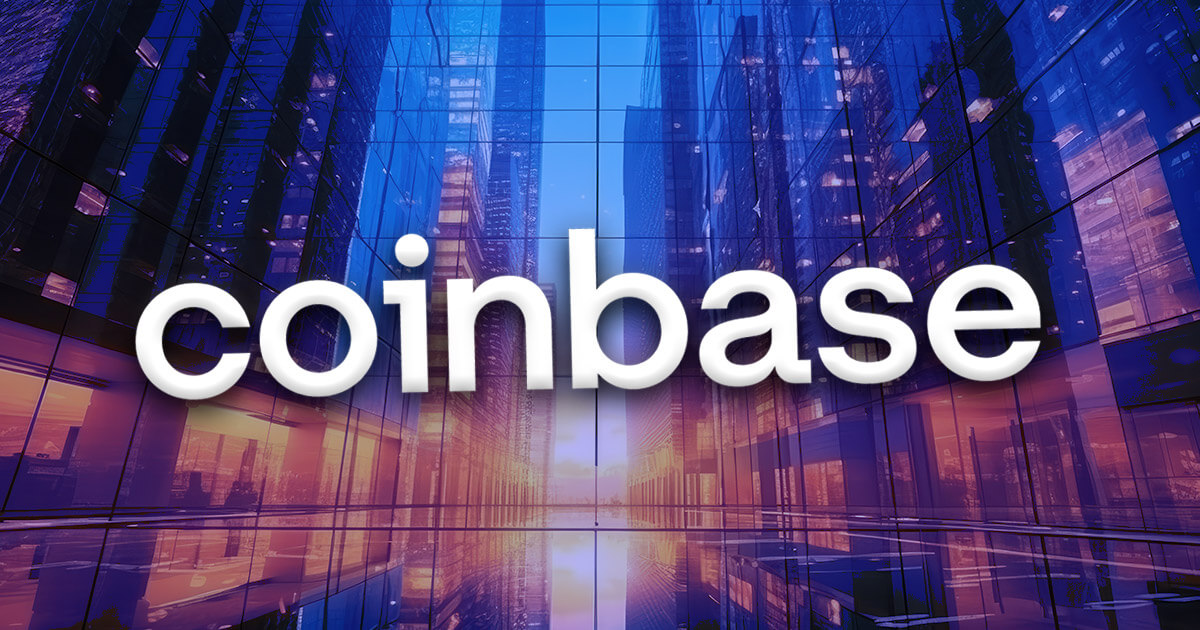In a bullish sign for the industry, publicly traded Bitcoin miners in the United States reached a new all-time high in market capitalization as of June 15. According to a recent report by JPMorgan, the combined market cap of 14 U.S.-listed miners soared to a staggering $22.8 billion, eclipsing all previous records.
This achievement shows the growing influence of mining companies within the crypto ecosystem and their ability to outperform Bitcoin—the world’s largest cryptocurrency.
A Closer Look At The Rise of U.S.-Listed Bitcoin Miners
Record Market Cap
The aggregate market cap of the 14 U.S.-listed Bitcoin mining stocks tracked by JPMorgan soared to $22.8 billion. The report highlights the growing importance of U.S.-listed miners within the global Bitcoin mining business and equally reflects the combined strength of these companies in this competitive mining sector.
Outperforming Bitcoin
During the first two weeks of June, almost all U.S.-listed miners outpaced Bitcoin’s performance. Core Scientific (CORZ) emerged as the star performer, with a staggering 117% increase. In contrast, Argo Blockchain (ARBK) faced a slight setback, dropping 7%. Meanwhile, Bitcoin experienced a modest 3% decline during the same period.
Core Scientific’s AI Deal
Investors responded positively to news of Core Scientific’s partnership with artificial intelligence firm CoreWeave. This strategic collaboration fueled optimism and contributed to the bullish sentiment surrounding Bitcoin mining stocks.
These companies are capturing a larger share of the total network hashrate (the combined computational power dedicated to securing the Bitcoin network) and attracting significant investment capital.
Hashrate Dominance
U.S.-listed miners have been steadily increasing their share of the global network hashrate. These 14 companies now account for approximately 23.8% of the total network hashrate. This gain of nearly 1% over the previous month signifies their growing influence in securing the Bitcoin network.

The second consecutive month of hashrate gains for U.S. miners indicates that inefficient private operators have scaled back their operations post-halving. This trend bodes well for the industry’s overall efficiency and resilience.
Mining Difficulty
Mining difficulty, a proxy for industry competition, continued its decline since April’s reward halving. This adjustment has contributed to miners’ ability to maintain profitability even as the network hashrate fluctuates.
Possible Fueling Rationales
- Increased Institutional Interest: Institutional investors are increasingly recognizing the long-term potential of Bitcoin and are seeking exposure to the asset class through regulated investment vehicles.
- Maturing Industry: The Bitcoin mining industry has matured significantly in recent years. Many publicly traded miners have adopted professional business practices, improved their corporate governance, and become more transparent in their operations. This newfound maturity is attracting institutional investors who are typically risk-averse and require a high degree of regulatory compliance.
- Hashrate Advantage: U.S.-listed miners are strategically located in North America, which boasts a relatively abundant supply of cheap and reliable energy sources, such as hydroelectric power. This gives them a significant advantage over miners located in regions with less efficient or more expensive energy grids. Notwithstanding, deploying more energy-efficient mining equipment, such as the Bitmain Antminer S19 Pro, has allowed mining operations to scale up and become even more profitable.
Credit: Source link















































